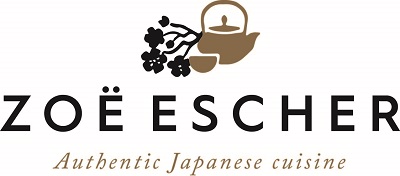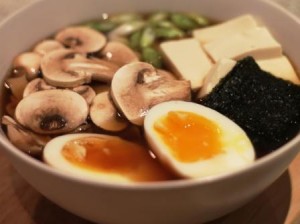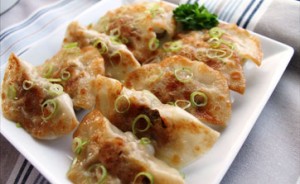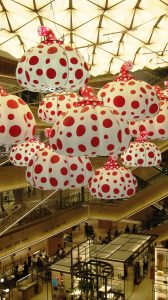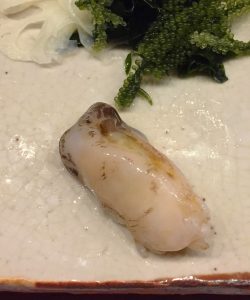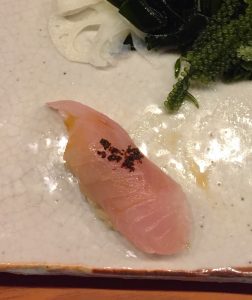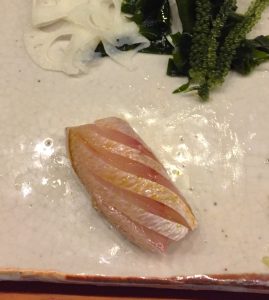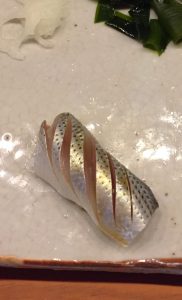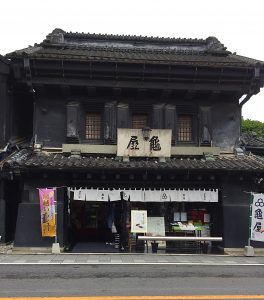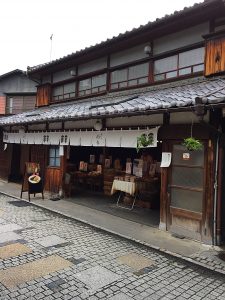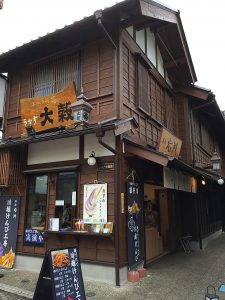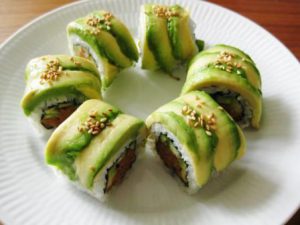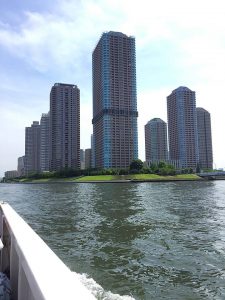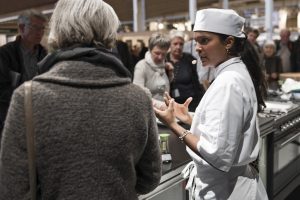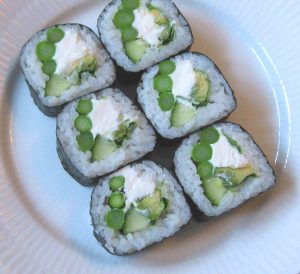 The vegetarian sushi tastes amazing.
The vegetarian sushi tastes amazing.
I regularly make delicious and tasty vegetarian sushi that can make a bird sing.
Vegetarian sushi is something else. You use different kind of raw materials, flavors and aroma that apply when you work with vegetarian sushi. This means that vegetarian sushi is more challenging to make.
Different cooking techniques must be used in the preparation of raw materials for sushi but also when making aromatic sushi pieces.
If you are careful in the preparation of sushi you will find that your sushi meal tastes better than sushi with fish.
Read more about Sushi Chef & Sake Sommelier Zoë Escher
_
Zoë has held sushi courses and cooking classes for A. P. Moller – Maersk, Hugo Boss Nordic, Novo Nordisk, Novartis, Velux, Gorrissen Federspiel, Beierholm revision, Elbek & Vejrup and many more.
